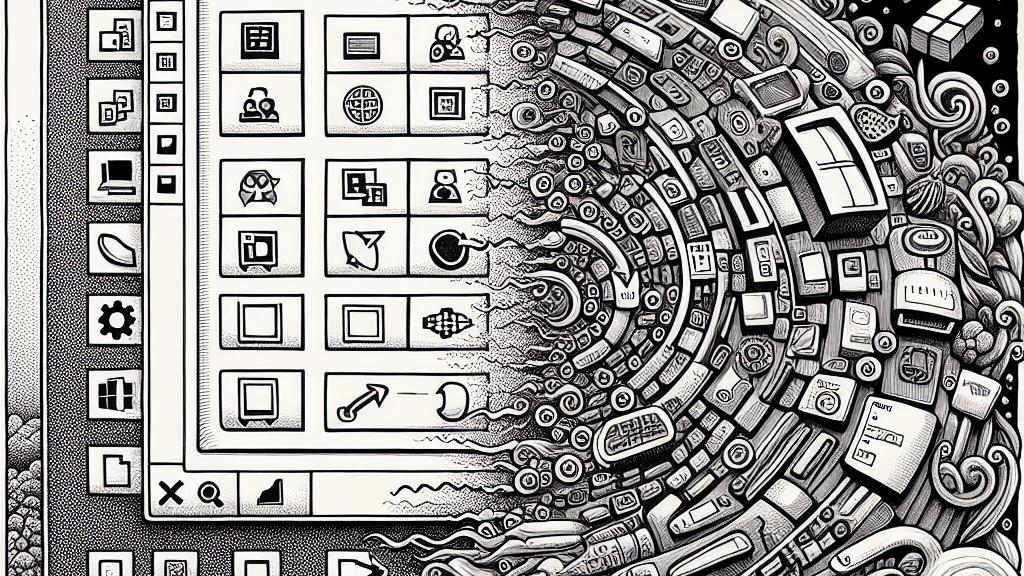Is the End Near for Windows Control Panel? Say Hello to Settings!
Overview
- Microsoft confirms the planned deprecation of the Control Panel.
- Users are encouraged to embrace the updated Settings app for comprehensive system management.
- The timeline for the complete phase-out of the Control Panel is yet to be determined.

Understanding the Transition from Control Panel to Settings
In a significant announcement made by Microsoft in the United States, the company is set to officially phase out the longstanding Control Panel, marking a pivotal shift in how Windows users will interact with system configurations. The Control Panel has been a fundamental component of the Windows operating system for decades, allowing users to easily adjust various system settings. With Windows 8, Microsoft initiated a gradual transition towards more modern interfaces, introducing the 'PC Settings' app and subsequently evolving it into the 'Settings' app in Windows 10 and 11. This shift represents a concerted effort by Microsoft to create a more intuitive and user-friendly experience, catering to a diverse array of users, from casual computer users to experienced IT professionals.
The Benefits and Innovations of the New Settings App
The Settings app not only simplifies access to essential functions but also enhances the user experience with its organized and streamlined layout. It consolidates numerous settings that were once scattered across the Control Panel, making it easier for users to navigate through options such as system updates, privacy controls, and hardware settings. Moreover, the Settings app is designed to improve performance and stability, ensuring that users can manage their system efficiently with minimal hassle. As Microsoft continues to evolve and enrich the Settings app, users can look forward to a more integrated environment that promotes a seamless workflow, accommodating the increasingly complex nature of modern computing needs while prioritizing security and usability.
The Future of Control Panel: Uncertainty and Adaptation
While the Control Panel will remain operational for now, its relevance is dwindling. According to official Microsoft documentation, the Control Panel will gradually be phased out as new features and settings are adapted into the Settings app. This strategic transition indicates a clear shift in Microsoft’s focus towards modernizing its user interfaces and improving system interactions. Though some legacy features may persist for compatibility reasons, users are strongly encouraged to start utilizing the Settings app as their primary tool for system configuration. This change reflects a broader trend towards simplicity and efficiency within technology, aligning with user preferences for streamlined, accessible management solutions as we move into 2024 and beyond.

Loading...